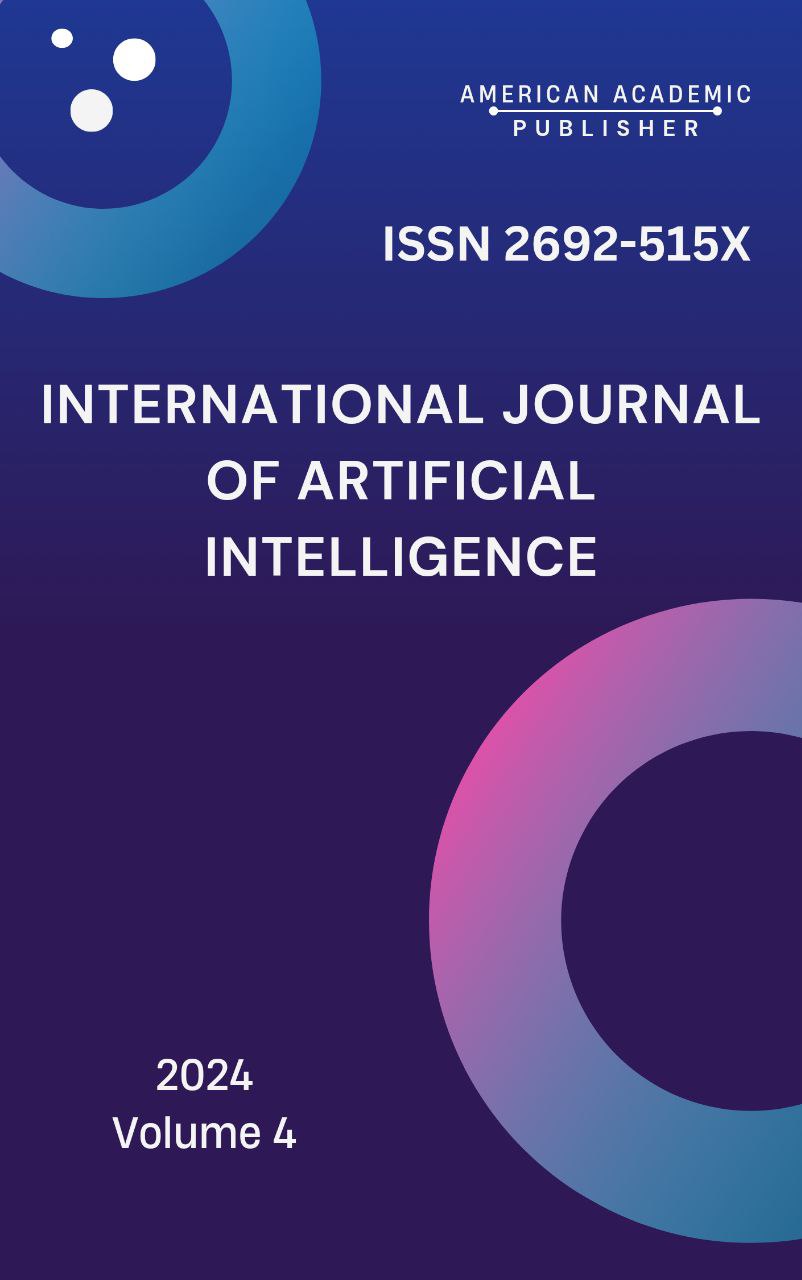 Articles
| Open Access |
Articles
| Open Access | PRESENTING A BROAD OVERVIEW OF THE PHENOMENON OF METAPHOR AND METONYMY IN MODERN ENGLISH
Qodirova Mohira Abduvohid kizi , Tashkent Kimyo International University, Namangan BranchAbstract
This article provides a comprehensive overview of metaphor and metonymy in modern English. It explores their fundamental characteristics, cognitive functions, and roles in everyday language and literature. Additionally, the paper highlights how metaphor and metonymy influence communication, thought processes, and linguistic creativity.
Keywords
Metaphor, metonymy, cognitive linguistics, modern English, figurative language, semantics, conceptual mapping.
References
Lakoff, G., & Johnson, M. (1980). Metaphors We Live By. Chicago: University of Chicago Press.
Kövecses, Z. (2010). Metaphor: A Practical Introduction. Oxford University Press.
Radden, G., & Kövecses, Z. (1999). Towards a Theory of Metonymy. Metaphor and Symbol, 14(1), 1-23.
Gibbs, R. W. (1994). The Poetics of Mind: Figurative Thought, Language, and Understanding. Cambridge University Press.
Barcelona, A. (2003). Metaphor and Metonymy at the Crossroads: A Cognitive Perspective. Berlin: Mouton de Gruyter.
Article Statistics
Downloads
Copyright License

This work is licensed under a Creative Commons Attribution 4.0 International License.

